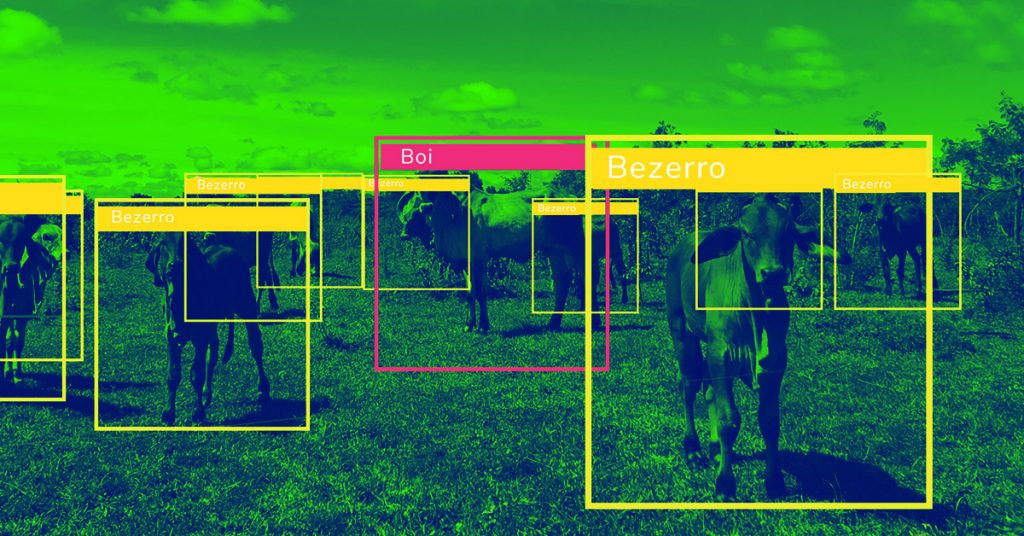What is computer vision?
Computer vision is the process of modeling and replicating human vision using software and hardware.
Computer vision is a discipline that studies how to reconstruct, interrupt and understand a 3d scene from its 2d images in terms of the properties of the structure present in the scene.
Computer vision and image recognition are terms often used interchangeably, but the former encompasses more than just analysing images. This is because, even for human beings, “seeing” also involves perception on many other fronts, along with a series of analyses. Each human being uses about two-thirds of his brain for visual processing, so it’s no surprise that computers would need to use more than just image recognition to get their vision right.


Human vision vs. Computer vision
In short, in human vision the image is captured by the retina and sent to the neurons responsible for understanding and classifying it. A bicycle, for example, is classified as a bicycle by the brain because it has specific characteristics of bicycles such as: wheels, frame, handle, saddle, pedals, among others.
If the bicycle is without a wheel, for example, the human system still manages to perform the correct classification, since it can abstract the lack of any part or any aesthetic or structural difference.
